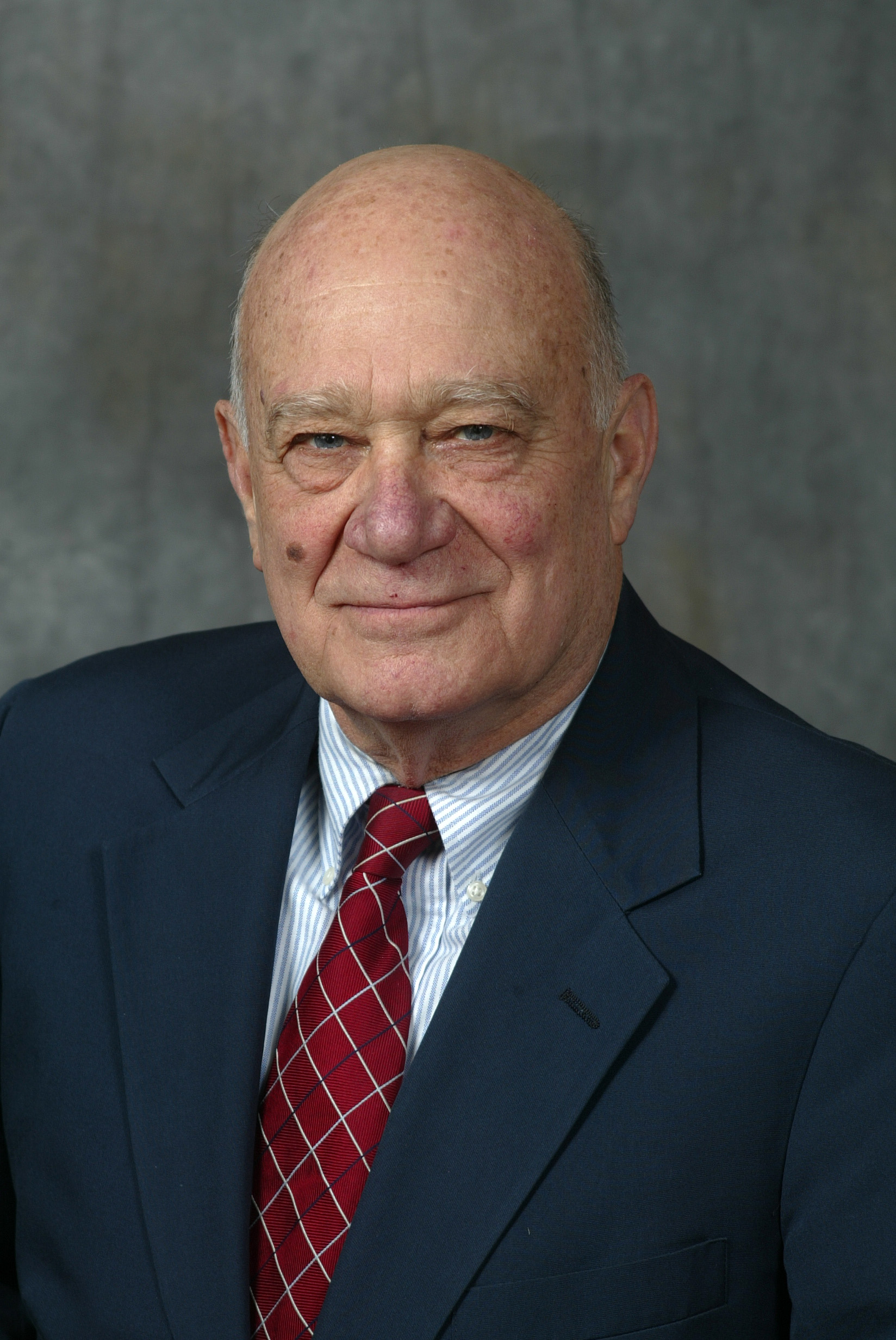New York’s early voting advances
In 1787, the U.S. Constitution explicitly stipulated in Article I, Section 2, that for the House of Representatives, “the electors in each state shall have the qualifications requisite for electors of the most numerous branch of the state legislature.”
Because British colonialism was the mother of American federalism, states emerged from the Revolution and the U.S. Constitution with their own approaches to voting and many other aspects of government and politics.
In regard to voting, Tom Paine and others were early advocates that citizenship for those over the age of 21, should be sufficient, and that property ownership was not necessary to ensure that a person would have a commitment to the government and society.
However, most states proceeded slowly, first expanding “the stake in society” commitment, by counting other kinds of property, not only land ownership.
New York, rising from seventh in population among the 13 states in 1776, to first by 1820, provides a striking illustration of the fight to vote in the early decades of the 19th century. The argument used in later years was applied: “If they are good enough to fight as soldiers, they should be good enough to vote” which was a key factor in the 26th Amendment, responding to the Vietnam War, which granted the vote to age 18 citizens in all states. Georgia recognized military service in WWII when it became the first state to grant the vote to people ages 18 and over in 1943.
Less known than this advancement was recognition of “Negroes,” first as part of the Revolution “contagion of liberty” and also noting that people of color had served in the military including 5,000 during the Revolution and more during the War of 1812.
At the first New York Constitutional Convention in 1777, the remarkable John Jay, our first Chief Justice of the Supreme Court asserted: “It is impious for us to pray to heaven for liberty while we are denying it to others.”
His fellow New Yorkers were not willing to endorse Jay’s proposal to abolish slavery, but people of color in New York and elsewhere reminded whites of their noble principles of liberty and republican government.
It is no accident that New York adopted a gradual abolition of slavery when John Jay served as governor from 1795 to 1801 (too complex a story to be detailed here). However, following the war of 1812 people of color were included in new considerations of expanding the vote, with acknowledgments that blacks and whites without land had made patriotic contributions as soldiers during that war, which lasted until 1815.
The boost for expanding the vote came from the war governor, a man of modest background, “Ploughboy” Daniel Tompkins. Still, for “Negroes” and for whites how far to go with suffrage inclusion was bitterly debated at the New York Constitutional Convention of 1821.
Jefferson had argued that “the earth belongs to the living, not the dead,” and that constitutions should be reconsidered every generation. No temporary majority should have an artificial eternity in the structure of government and politics.
New York was among the states, and still is, that offers citizens a chance to hold a constitutional convention at regular intervals. The 1821 Convention produced many democratizing changes, as well as a major racist decision.
My focus here is only on the debate to expand voting. The last of the Federalist leaders, James Kent, made the argument against male citizen suffrage. In an emotional speech, Kent asserted: “By the report before us we propose to annihilate, at one stroke, all property distinctions and to bow before the idol of universal suffrage.”
Kent warned, ”that extreme democratic principle has been regarded with terror by the wise men of every age.” Everywhere it has been tried, he asserted, “It has terminated disastrously, and been productive of corruption, injustice, violence, and tyranny.”
“And dare we flatter ourselves,” Kent continued, “that we are a peculiar people who can run the course of history exempted from the passions which have disturbed and corrupted the rest of mankind? If we are like other races of men, with similar follies and vices, then I greatly fear that our posterity will have reason to deplore in sackcloth and ashes the delusion of the day.”
Led by Martin Van Buren and Tompkins, the New York delegates rejected this last gasp of deferential politics for the “privilege” to vote. Still, they could not build a majority for manhood suffrage. Instead, the new Constitution mandated “civic virtues” that could earn the vote. These included adult males who paid taxes, served in the militia, or gave volunteer time working on public roads.
In 1826, New York amended its Constitution so that universal white manhood suffrage was approved. However, the racist legacy of the 1821 Convention lingered. The proposal to give equal enfranchisement to African-Americans, led by John Jay’s son, Peter, was defeated.
People of color in 1821 were granted the vote but they had to meet land ownership requirements that were prohibitive. Jay and others lamented that posterity would regard New York’s racist actions as analogous to the Salem Witch trials.
As late as its Constitutional Convention of 1867, New York continued to reject equal voting for men of color. Along the way, Stanton, Anthony and Frederick Douglass were striving to remind fellow New Yorkers of their 1776 principles of liberty and equality.



